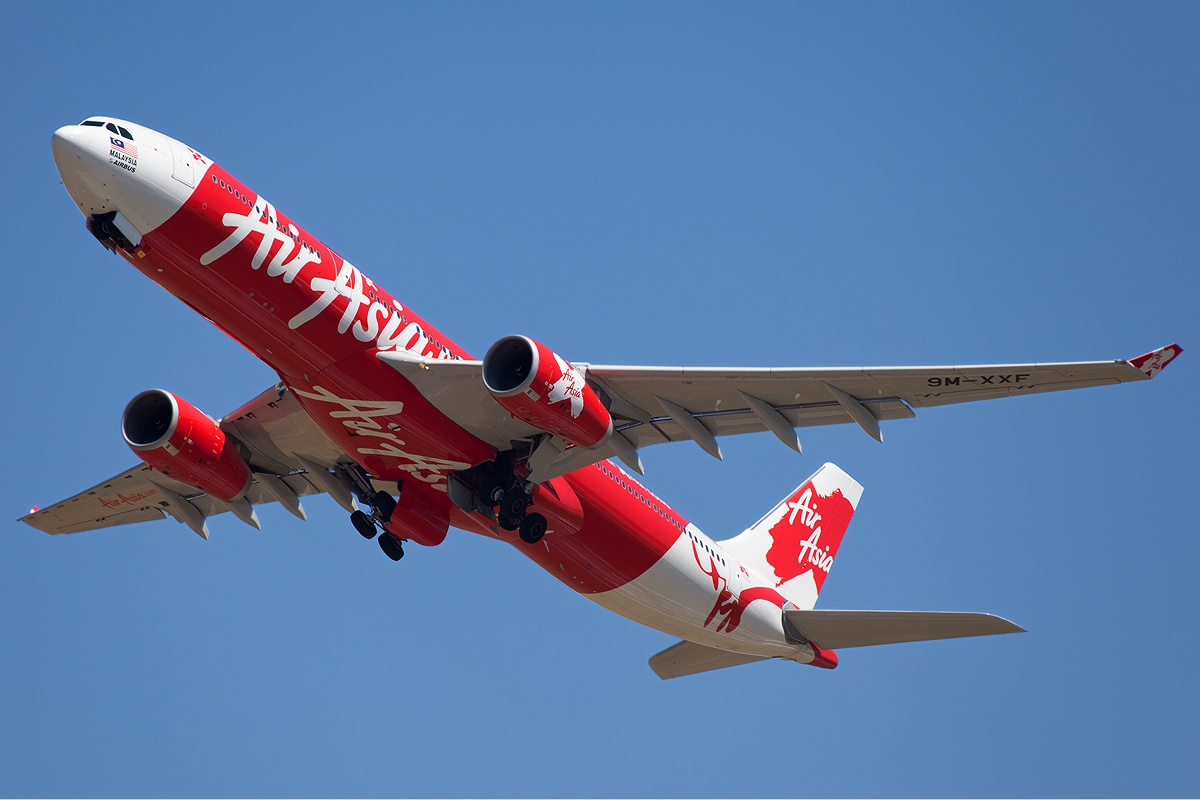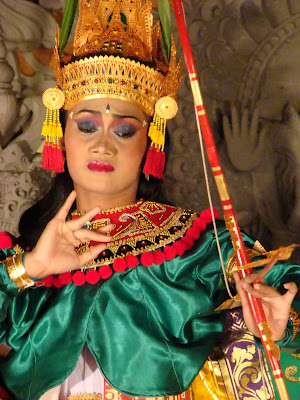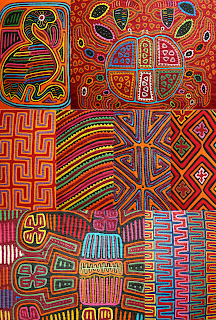Time while traveling is gold; so in the interest of time in Thailand
my sister Emily and I opted to take a flight to Southern Thailand
rather than travel by train or bus. In the interest of time and money
we turned to a budget airline, Air Asia, whose motto is “now everyone
can fly”. For 1200 Thai Baht each (about $40) we could get one step
closer to the island paradise of Koh Tao. Sure, “budget” and “airline”
in the same sentence is a bit worrisome, but we figured we'd take our
chances. I booked the tickets online, waived the travel insurance,
waived the inflight food and drink, selected our seats for an
additional 150 THB per seat ($5)... ok, first time I've been charged
for airline seats. What are our options? Stand? Checked baggage was
going to cost us an additional 300 THB per 15kg piece, and the rate was
higher for every additional 5kg. Left my scale at home, but we figured
we could surely check our bags at the airport so we didn't pay for
checked baggage online. Tickets booked!
The Air Asia check-in line was short; I hoisted my bag on the scale first and offered up my passport. No checked baggage was included with my ticket, but I could add it for 900 THB per 15kg piece. What?!?!?! That's three times the online price! No other option so I paid the inflated price. Emily hauled her pack through the airport, hoping to carry-on without trouble.
Between check-in and security we were approached by Air Asia travel hawks... where are you going? Do you need to book a bus and ferry from Sarat Thani? Suspect, we deflected the questions and proceeded to our gate. We boarded our flight with the extra carry-on baggage, despite Air Asia signs warning “one-piece carry-on 7kg”. Emily's laptop and camera equipment alone probably weighed 7kg.
On board the flight we weren't offered beverage or food service; of course, I refused them when booking tickets. However, the flight attendants were selling the bus and ferry tickets from Sarat Thani, in addition to Air Asia teddy bears. We passed on both. I wondered if there was a charge to use the Air Asia toilet?
The Air Asia check-in line was short; I hoisted my bag on the scale first and offered up my passport. No checked baggage was included with my ticket, but I could add it for 900 THB per 15kg piece. What?!?!?! That's three times the online price! No other option so I paid the inflated price. Emily hauled her pack through the airport, hoping to carry-on without trouble.
Between check-in and security we were approached by Air Asia travel hawks... where are you going? Do you need to book a bus and ferry from Sarat Thani? Suspect, we deflected the questions and proceeded to our gate. We boarded our flight with the extra carry-on baggage, despite Air Asia signs warning “one-piece carry-on 7kg”. Emily's laptop and camera equipment alone probably weighed 7kg.
On board the flight we weren't offered beverage or food service; of course, I refused them when booking tickets. However, the flight attendants were selling the bus and ferry tickets from Sarat Thani, in addition to Air Asia teddy bears. We passed on both. I wondered if there was a charge to use the Air Asia toilet?





























